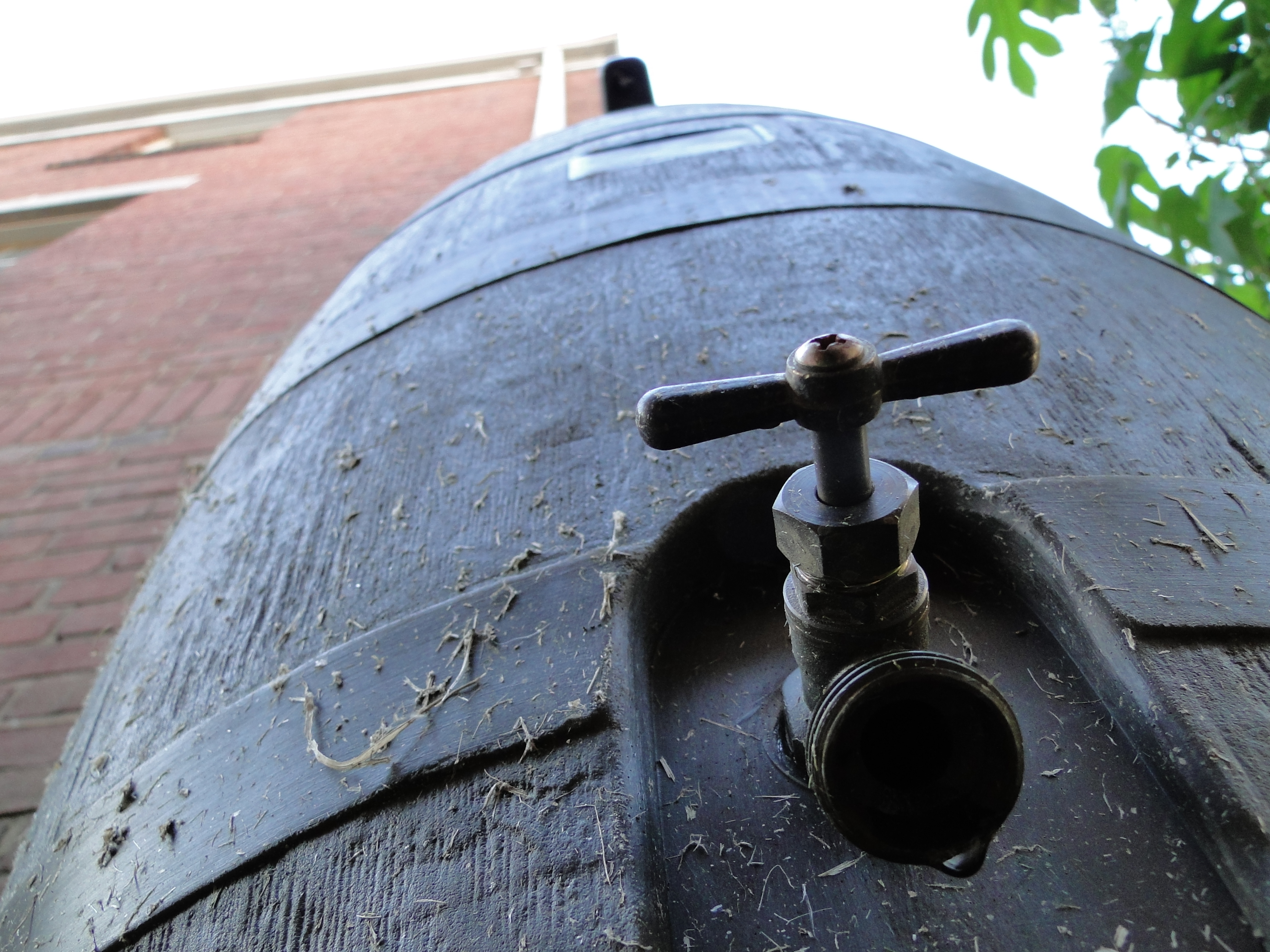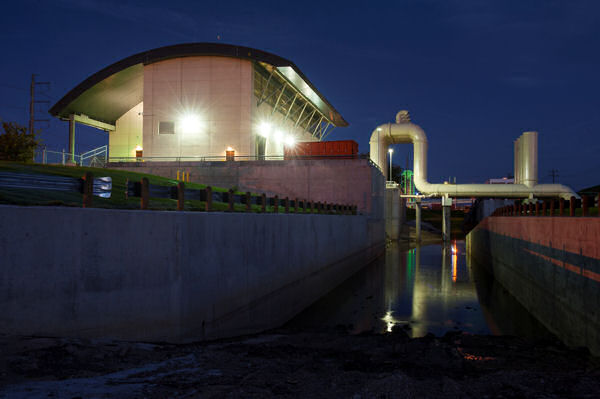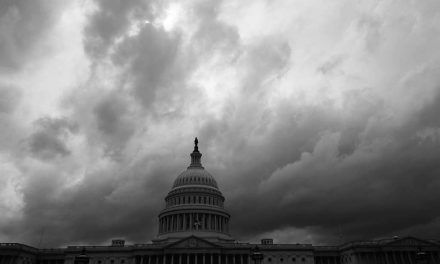In late October, volunteers deployed Penn Cove mussels in 73 locations to evaluate the health of nearshore Puget Sound environments. The mussels will help track what contaminants are present in runoff over Washington State’s rainy fall and winter seasons. They also will help researchers determine how well stormwater management efforts are working.
Mussels do not metabolize contaminants, instead the pollutants accumulate in their tissues. The mussels will stay in the water until Feb. 2016 after which their tissue will be analyzed for chemical compounds.
The project is led by the Washington Department of Fish and Wildlife as part of the state Department of Ecology’s Regional Stormwater Monitoring Program. Tribes, counties, and cities are collaborating on the project along with nonprofits and their volunteers, who will deploy and retrieve the mussel cages. Cages will each hold 64 mussels that are about the same size and age.
This project follows on a similar project in the winter of 2012-2013. In that study, polycyclic aromatic hydrocarbons, polychlorinated biphenyls, flame retardants, and chlorinated pesticides were the most abundant organic contaminants measured. Researchers saw a positive correlation between the amount of impervious surfaces and levels of these organic compounds in the mussels. These findings suggest toxic contaminants are entering the nearshore food web, especially along shorelines adjacent to highly urbanized areas.






